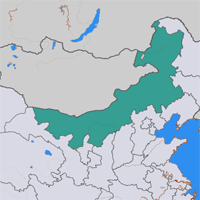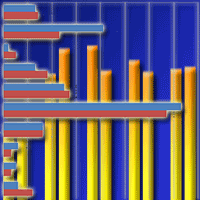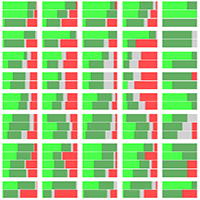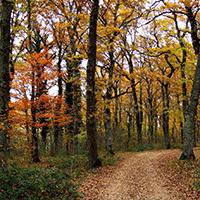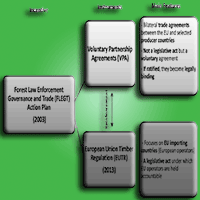
The opinions of some stakeholders on the European Union Timber Regulation (EUTR): an analysis of secondary sources
Alexandru Giurca (1) , Ragnar Jonsson (2)
iForest - Biogeosciences and Forestry, Volume 8, Issue 5, Pages 681-686 (2015)
doi: https://doi.org/10.3832/ifor1271-008
Published: Mar 19, 2015 - Copyright © 2015 SISEF
Research Articles
Abstract
The EU Timber Regulation (EUTR) is the most recent effort by the European Union (EU) to curb imports of illegally sourced timber. The regulation raises important questions concerning the international timber trade. In order to successfully implement this regulation it is of paramount importance to classify the actors concerned, and examine how they regard it. The current study collects and summarizes opinion statements of stakeholders as found in different online publications. Though the problem of illegal logging and its associated trade is acknowledged by all parties, there are concerns as to whether the EUTR is the proper instrument to address this issue. Whilst some stakeholders see the EUTR as advantageous for their businesses, others see it as an impediment. Law enforcement, lack of guidance, and bureaucracy were other issues raised. The trade-off between effective legislation and ease of trade was also highlighted. Transparent and consistent application of the EUTR, with clear guidelines for exerting due diligence, should diminish the degree of possible unwanted side-effects such as trade diversion and substitution of temperate timber for tropical timber.
Keywords
Authors’ Info
Authors’ address
Swedish University of Agricultural Sciences, Southern Swedish Forest Research Centre (SLU), P.O. BOX 49, SE-230 53 Alnarp (Sweden)
European Commission, Joint Research Centre (JRC), Institute for Environment and Sustainability (IES), Forest Resources and Climate Unit, v. E. Fermi, 2749 I-21027 Ispra (Italy)
Corresponding author
Paper Info
Citation
Giurca A, Jonsson R (2015). The opinions of some stakeholders on the European Union Timber Regulation (EUTR): an analysis of secondary sources. iForest 8: 681-686. - doi: 10.3832/ifor1271-008
Academic Editor
Agostino Ferrara
Paper history
Received: Feb 17, 2014
Accepted: Jan 21, 2015
First online: Mar 19, 2015
Publication Date: Oct 01, 2015
Publication Time: 1.90 months
Copyright Information
© SISEF - The Italian Society of Silviculture and Forest Ecology 2015
Open Access
This article is distributed under the terms of the Creative Commons Attribution-Non Commercial 4.0 International (https://creativecommons.org/licenses/by-nc/4.0/), which permits unrestricted use, distribution, and reproduction in any medium, provided you give appropriate credit to the original author(s) and the source, provide a link to the Creative Commons license, and indicate if changes were made.
Web Metrics
Breakdown by View Type
Article Usage
Total Article Views: 52540
(from publication date up to now)
Breakdown by View Type
HTML Page Views: 43639
Abstract Page Views: 3006
PDF Downloads: 4501
Citation/Reference Downloads: 82
XML Downloads: 1312
Web Metrics
Days since publication: 3917
Overall contacts: 52540
Avg. contacts per week: 93.89
Citation Metrics
Article Citations
Article citations are based on data periodically collected from the Clarivate Web of Science web site
(last update: Mar 2025)
Total number of cites (since 2015): 9
Average cites per year: 0.82
Publication Metrics
by Dimensions ©
Articles citing this article
List of the papers citing this article based on CrossRef Cited-by.
References
Social research methods (3rd edn). Oxford University of Press, Oxford, UK, pp. 273-293.
Gscholar
The social construction of nature: a sociology of ecological enlightenment. Sage, London, UK, pp. 162-175.
Gscholar
Support study for development of the non-legislative acts provided for the regulation of the European parliament and of the Council laying down the obligations of operators who place timber and timber products on the market. European Forest Institute, Joensuu, Finland, pp. 104.
Online | Gscholar
The media in forestry: government, governance and social visibility. In: “Public and Private in Natural Resource Governance: a False Dichotomy?” (Sikor T ed). Earthscan, London, UK, pp. 127-140.
Gscholar
How effective is the new EU timber regulation in the fight against illegal logging? RECIEL 20: 290-299.
Gscholar
Frame reflection: toward the resolution of intractable policy controversies. Basic Books, New York, USA, pp. 23-204.
Gscholar

